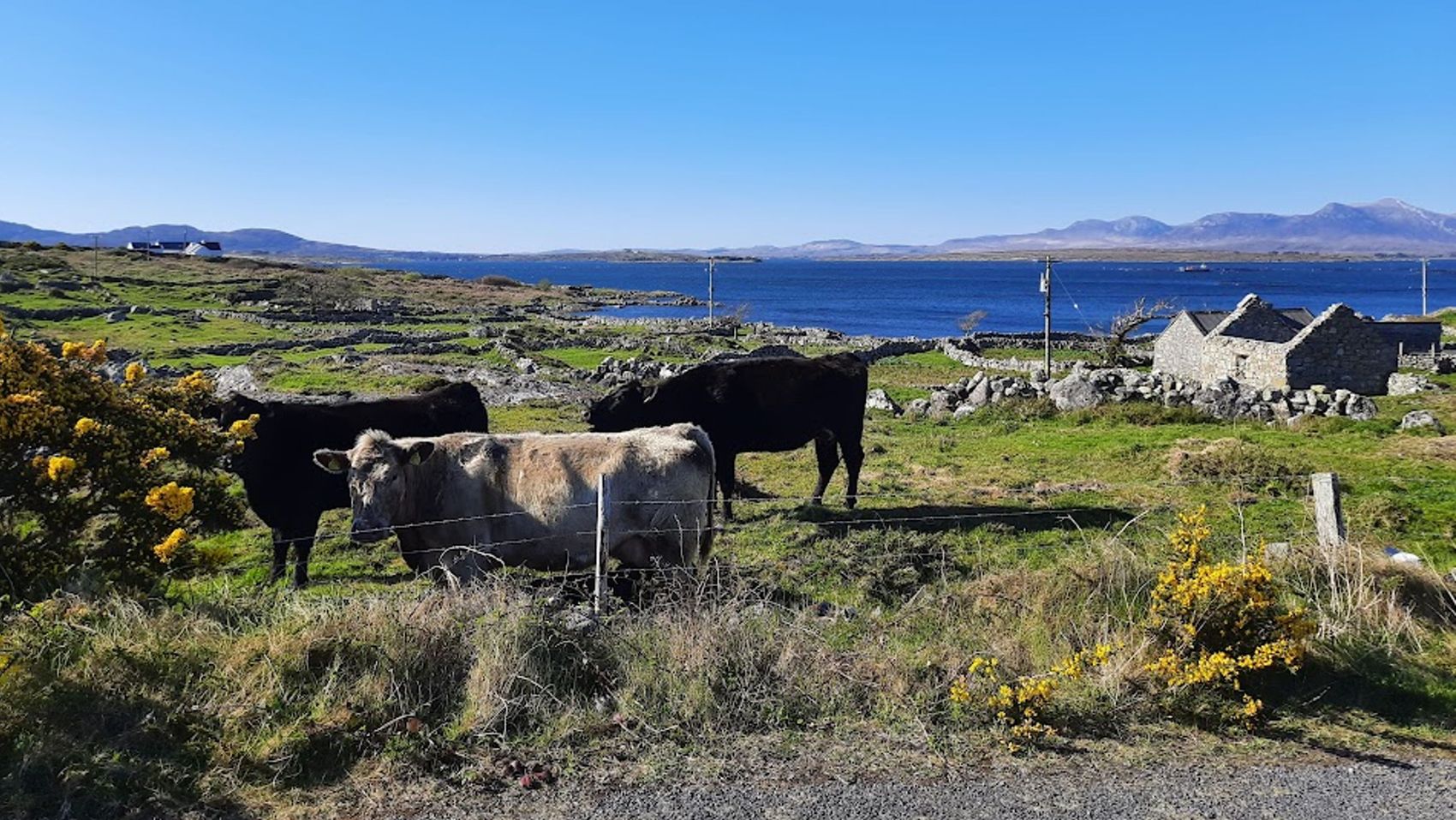At this stage it is time to revisit core elements of the early part of the partnership. Remind yourselves of the reasons to convene established in stepping stone 1, and then sum up lessons learned so far and what remains to be understood. It is a good idea to discuss what beneficial solutions were generated along the way and what still needs to be solved. You may now also see pressing issues that you did not recognise before because new people or interests have gained a voice through the co-creation process. Similarly, while ideally the governance decisions set out in stepping stone 2 were followed and adjusted along the way, shortcomings and things that ought to be changed to reach inclusive and just collaboration may have become evident. Stepping stone 5 focuses on gathering and sharing new knowledge both in terms of outcomes and process. It is important to know whether new perspectives were included in meaningful ways, whether real problems were solved, and in what ways the work influenced and altered local practices and the transitions taking place at local and higher levels.
5. Assessment & Reflections

It is always difficult to assess the long-term impacts of a single project — especially when the goal is long-term transformation. Nevertheless, it is possible to engage in shared identification and reflections on how the project may have facilitated positive changes up to now, and how to keep the momentum going.
A re-visit of the coastal transition concepts in Stepping Stone 4 can help you re-cap core aspects of how short, medium, and long-term processes are interconnected in transition processes.
The method of ‘realist evaluation’ can be used to assess the effects of an intervention. This method goes beyond so-called ‘black box’ evaluations and moves evaluations from focusing on whether outcomes were achieved to focusing on understanding what intended and unintended processes were set off as the programme was implemented. For example, in Catalonia, EmpowerUs developed a local forum to address governance issues, which resulted in an indigenous gastronomy programme, which in turn resulted in processes to include the migrant community as their traditional cooking knowledge was valuable to the programme. Watch the video capsule on food sovereignty in the Cap de Creus TCL.
The TCL Evaluation Framework Workbook explains the method of realist evaluation and includes some examples of how the method can be used to formulate tailor-made questions to different types of interventions in the Norwegian, Irish and Finnish TCL* (e.g. building capacity, protecting cultural heritage, enhancing common ownership). Further reflections on conducting realist evaluation are shared in Chapter 6 of the Handbook of Inclusive Methodologies.
The assessment phase can also be used to identify and specify what types of social innovation the project has contributed, followed by a dialogue on the potentials and barriers for upscaling and long-term impact. Such dialogue can be guided and structured by this guidance document for evaluating social innovations.
Policy impact briefs for each TCL emerged as important outcomes of the ‘realist evaluations’ in the EmpowerUs TCLs, in addition to an overarching policy impact brief.
- Bulgaria Policy Impact Brief: The power of community anchors
- Cyprus Policy Impact Brief: Community-driven coastal transformations
- Finland Policy Impact Brief: Åland and the coast as a common pool resource
- Ireland Policy Impact Brief: The social economy of the coast
- Norway Policy Impact Brief: 'Hekta på Træna': Keeping the lights on in Norwegian island communities
- Spain Policy Impact Brief: Digital reach, communities and a responsible coast
- Overarching Policy Brief: Repowering European Coastal Communities
Before proceeding to stepping stone 6, take time to reflect on the participatory process of the evaluation phase:
- Who has the interest and capacity to further strengthen similar types of transition mechanisms in future initiatives and projects?
- Have you collectively discussed whether you would like to focus on new/other type of transition mechanisms in future projects? Are there new divergences in focal areas and wishes within the community that you need to be aware of?
- What other groups in the community should be included in future projects?
It is important to consider long-term impacts and reflect on how to continue to build on the social capital and local empowerment that has been established. Inclusive transitions are ongoing. They do not stop with the end of a project, and what is built is often fragile. Therefore, making concrete plans about the next steps is necessary. Moving on to stepping stone 6 means initiating another walk along the stepping stones together.